One More Step to Go!
We have also sent a verification link to your email ID:
qabuyer@droom.in
Please verify your email account
The Velar is the latest addition to the Range Rover family, and it slots neatly into the wide gap between the Range Rover Sport and the Evoque. This car is the most car-like SUV the iconic British brand has ever made. This car uses the same aluminum architecture that cars like the latest Jaguars like the F-Pace, XE and XF. In fact, there’s more aluminium in the Velar than the F-Pace, and other lightweight bits too.
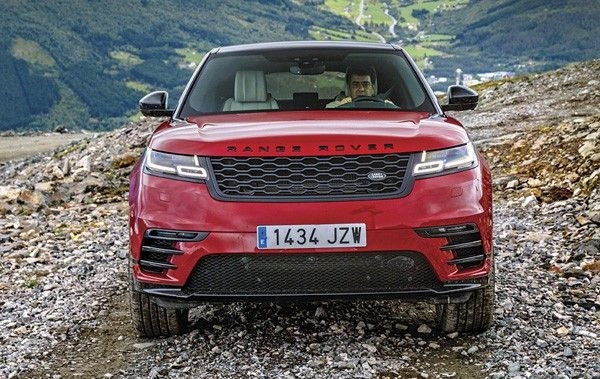
On the outside
Though all cars are all-wheel drive, more power is sent to the rear wheels. You do get Land Rover’s signature Terrain Response system, which raises the air suspension and adjusts the traction control, throttle response and brakes to suit different surfaces and grip levels. All the customisation available typically on a Land Rover is taken care of automatically in this car. So, has this softened the latest Range Rover a bit too much?
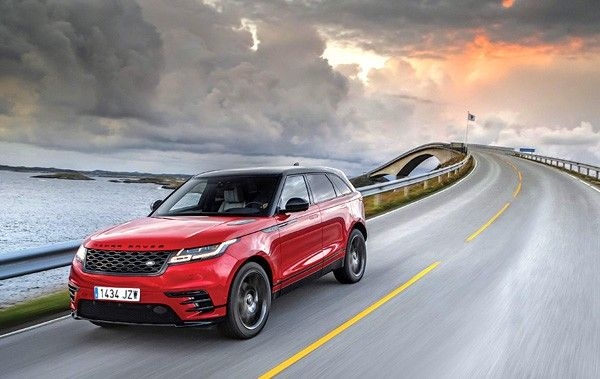
Design chief Gerry McGovern and his team adopted a quite minimalistic design style called ‘reductionism’, which is essentially a mix of clean lines, tightly skinned surfaces and brilliant detailing that come together into an incredibly well-proportioned and cohesive shape, uncluttered by any extra design elements. The Velar gets flush door handles which pop out (even when covered with ice at -20deg C) when you unlock the car.
The Velar genuinely looks like it’s made from a block of metal and this all-metal look is accentuated by the slim Matrix-Laser LED headlights and even slimmer tail-lights. The Velar’s interiors are said to be inspired by a yacht, according to the design team – there are light colours and strong, horizontal elements that neatly run the length of the dashboard give it a calm, clean yet robust look. The dashboard design is uncluttered and material quality too is simply top class.
On the inside
JLR’s new Touch Pro Duo infotainment system debuts in the Velar. It consists of two (hence Duo), neatly stacked, high-definition touchscreens. The upper screen, which automatically tilts up when you switch on the ignition, controls the main functions like hands-free telephony, navigation and audio systems, while the lower screen controls the air con and Terrain Response system. The screens aren’t the only things that are touch-sensitive, the steering control buttons too are trackpads and respond when you swipe your thumb. The cabin isn’t entirely button-less though - you get three rotary knobs, one of which is the volume controller, while the other two are multifunction knobs that can be customised.
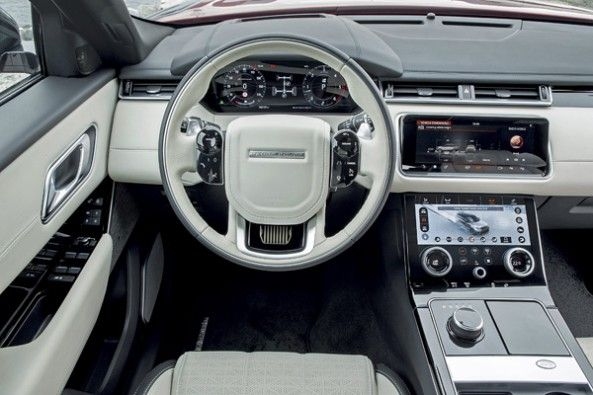
The Velar has an in-built Wi-Fi hotspot that can pair up to eight devices, and apps that allow owners to lock and unlock their vehicle or check the amount of fuel in the car. It’s even possible to start the engine and set the climate control system remotely. But you don’t get Apple CarPlay or Android Auto.
Space in the back seat isn’t the most generous and tall passengers might not be as comfortable. There’s decent legroom and headroom, but the sloping roof has made the seat correspondingly lower too; as a result, you don’t get that typically elevated seating position. The heavily contoured seats and the transmission tunnel mean that the back seats are ideal for two. The boot in nice and large, and can be expanded further by flipping the rear seats forward. The spare tyre is a space-saver, however.
Under the hood
The Velar has been launched internationally with six engines – three petrols and three diesels. India will get three engines – the base 2.0-litre, four-cylinder Ingenium petrol developing a decent 250hp; the base 2.0-litre Ingenium diesel developing a modest 180hp; and the range-topping 3.0-litre V6 that pumps out 300hp. The car driven in this test is the V6 diesel Velar. The 3.0-litre V6 diesel feels brilliant to drive, and it is so refined, there’s barely a murmur from under the hood when cruising. This V6 diesel is pretty quick, it can get to 100kph in as little as 6.5sec. However, it’s best to leave the Velar in Comfort mode and let it cruise effortlessly - the SUV demands very little input from the driver.
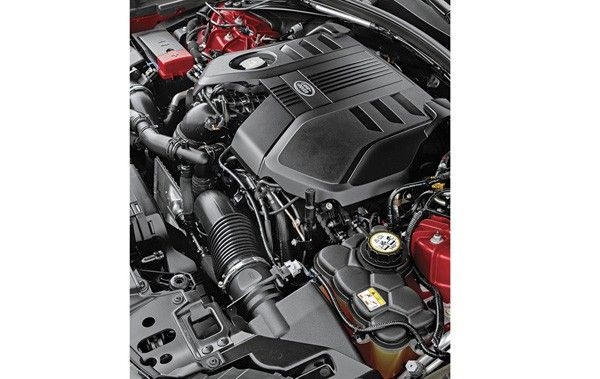
How does it handle off-road terrain? With All Terrain Progress Control (ATPC) switched on, a raft of electronics takes over and makes the driver almost redundant - the only driver input needed was a gentle hand on the steering.
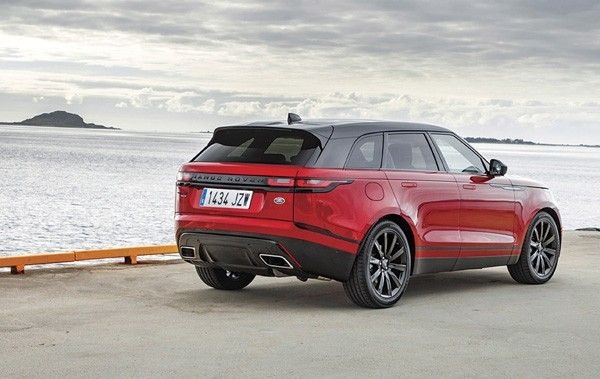
Is it worth the money?
The gorgeous-looking Velar is definitely one of the most desirable SUVs you can buy. The India launch for this car is planned for November 21 this year, just six months after going on sale globally. And bookings will open much earlier on September 21. The stunning 3.0-litre V6 diesel will top the range, costing ₹1 crore and a bit more. The base petrol is expected to be priced at around ₹75 lakh, while the base diesel will cost around ₹85 lakh.
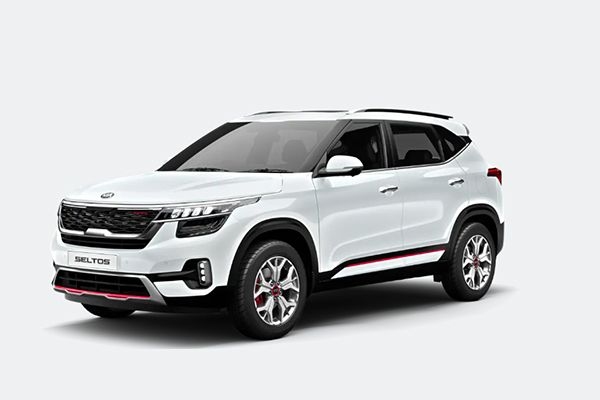
Kia recently unveiled the 2023 Seltos facelift in India, and the bookings for the updated model will start on July 14.
Read More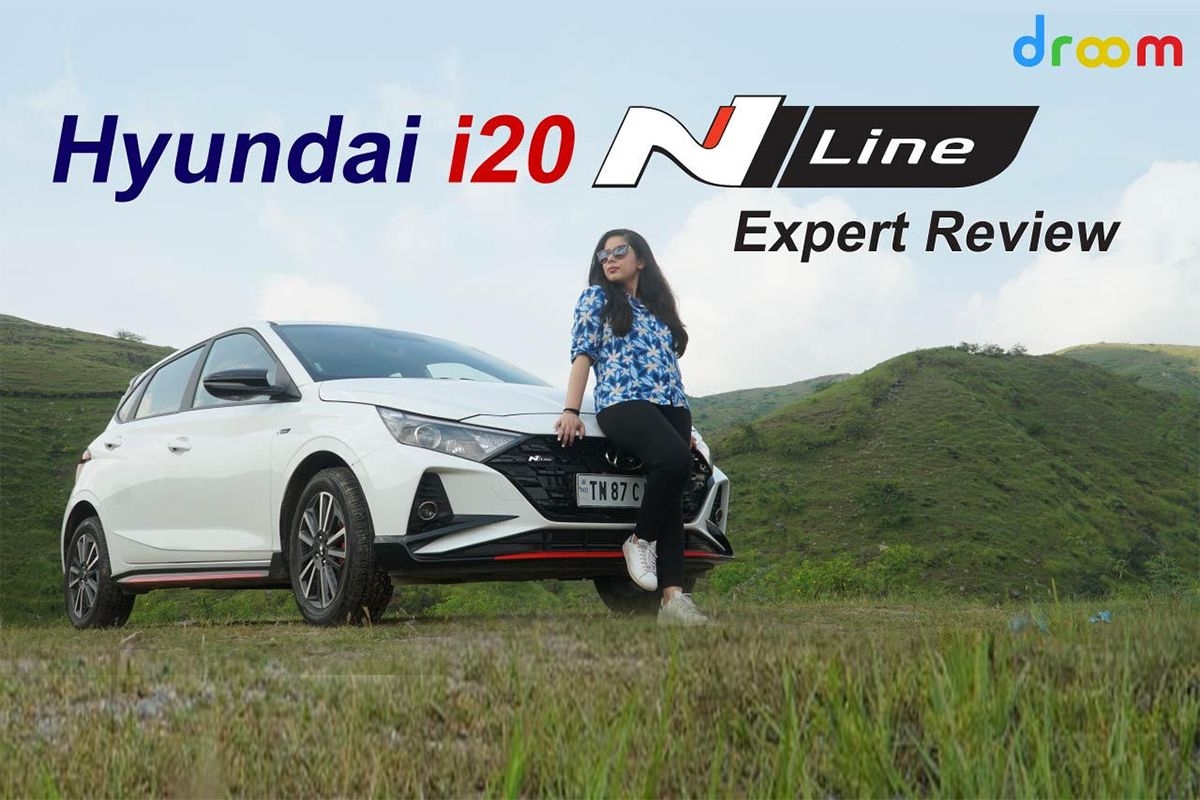
We drove the Hyundai i20 N Line recently to find out whether it really delivers a sporty experience?
Read More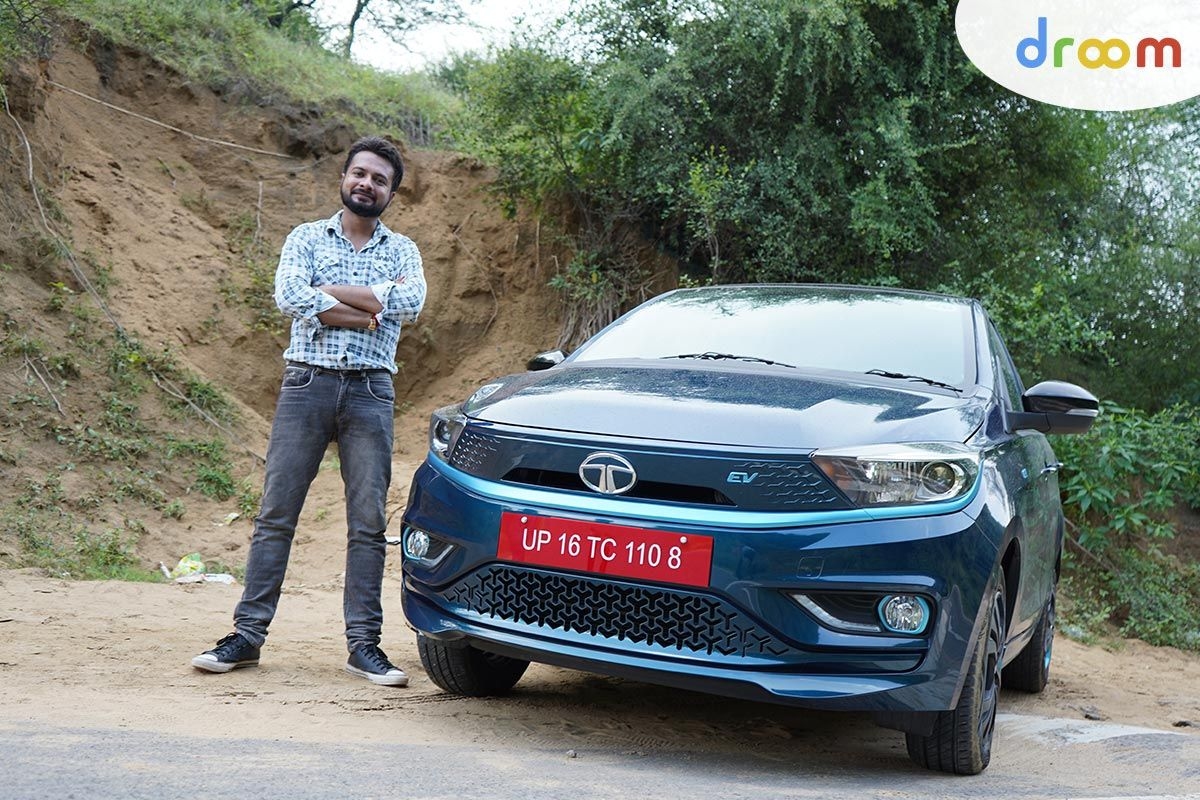
We recently took the Tigor EV out for a spin and we gathered interesting information about it
Read More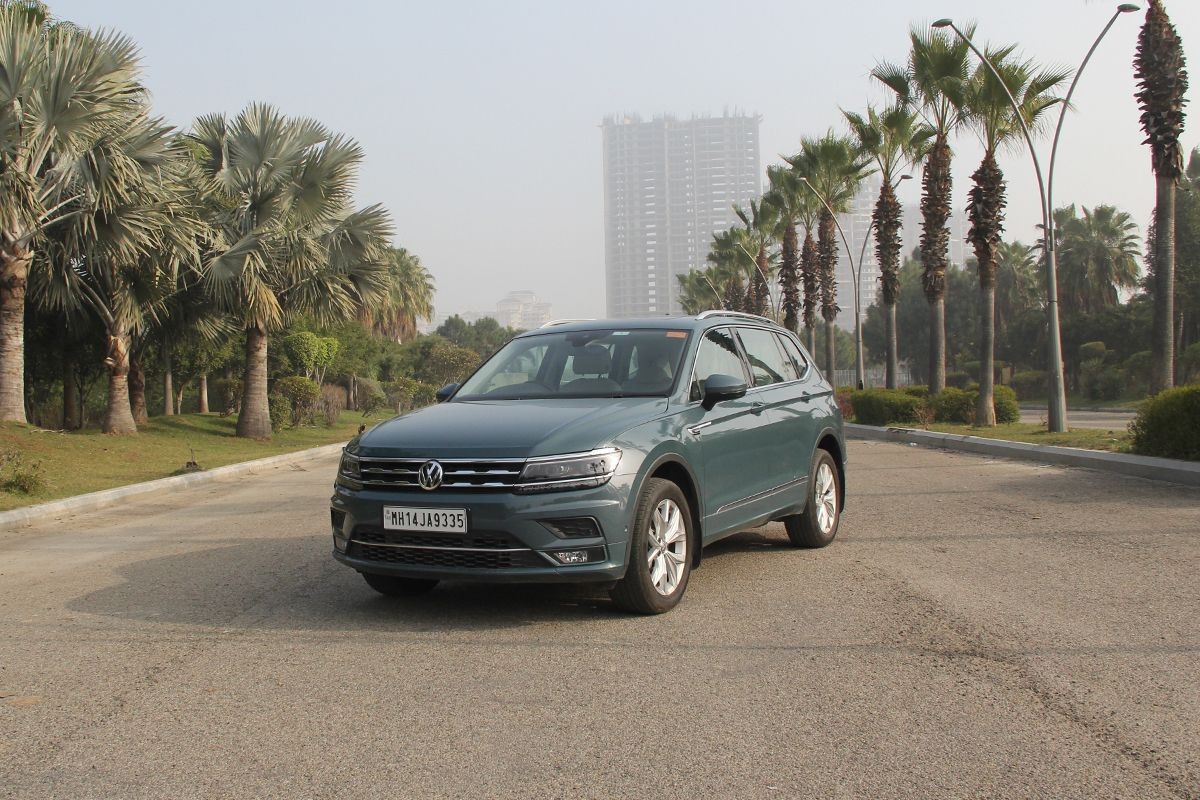
Introduced last year at the Delhi Auto Expo, Volkswagen Tiguan All-Space aims to offer more room and an additional row of seats. Can it manage to take away a few chunks from the full-grown SUV pie is what we are here to find?
Read More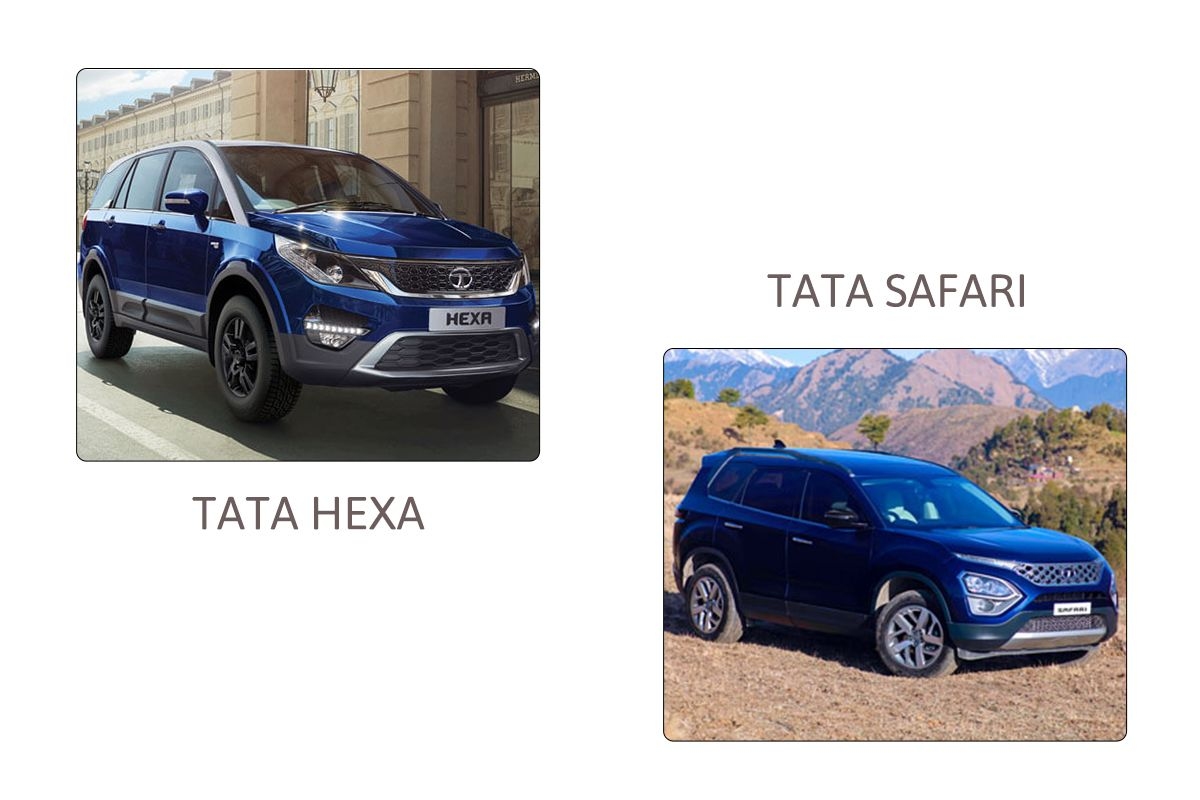
New Tata Safari or Used Tata Hexa: Price, Variants, Features & Engine Specifications
Read More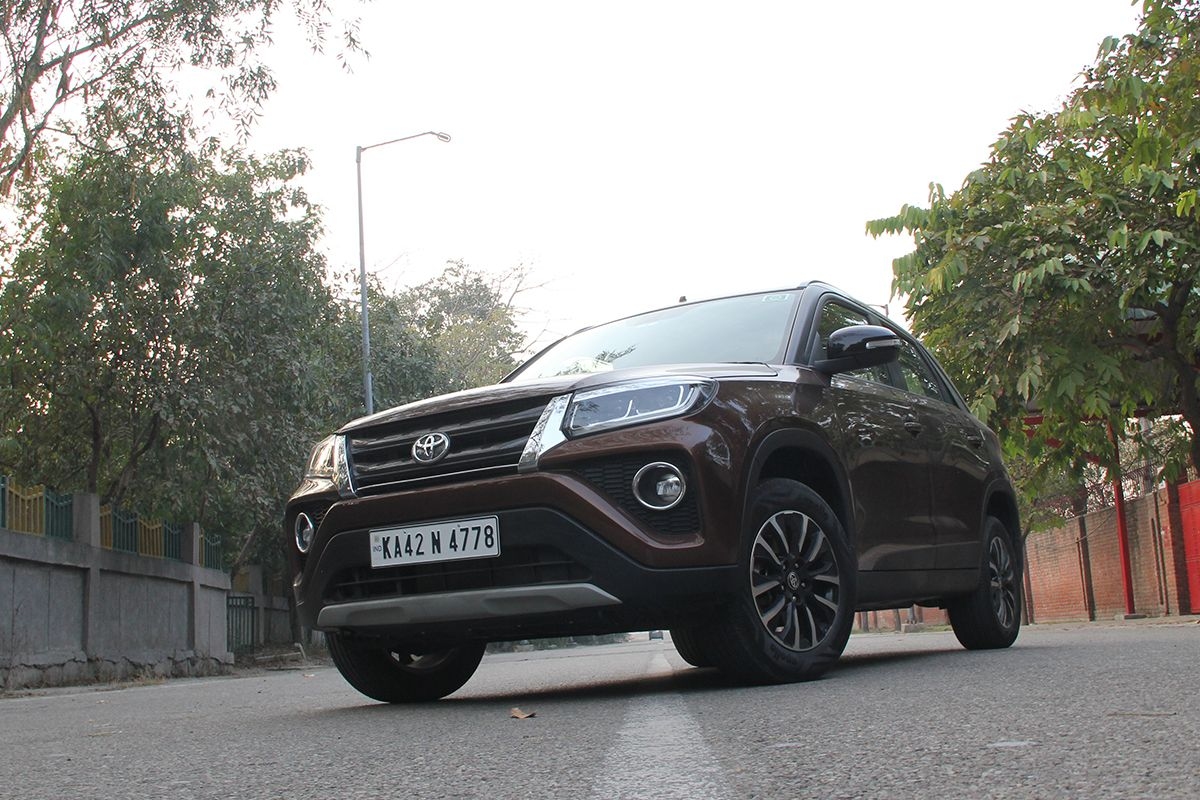
Toyota Kirloskar Motors last year entered the subcompact SUV space with the Urban Cruiser. What is this new model all about, let us find out?
Read More
Toyota Kirloskar Motors last year entered the subcompact SUV space with the Urban Cruiser. What is this new model all about, let us find out?
Read More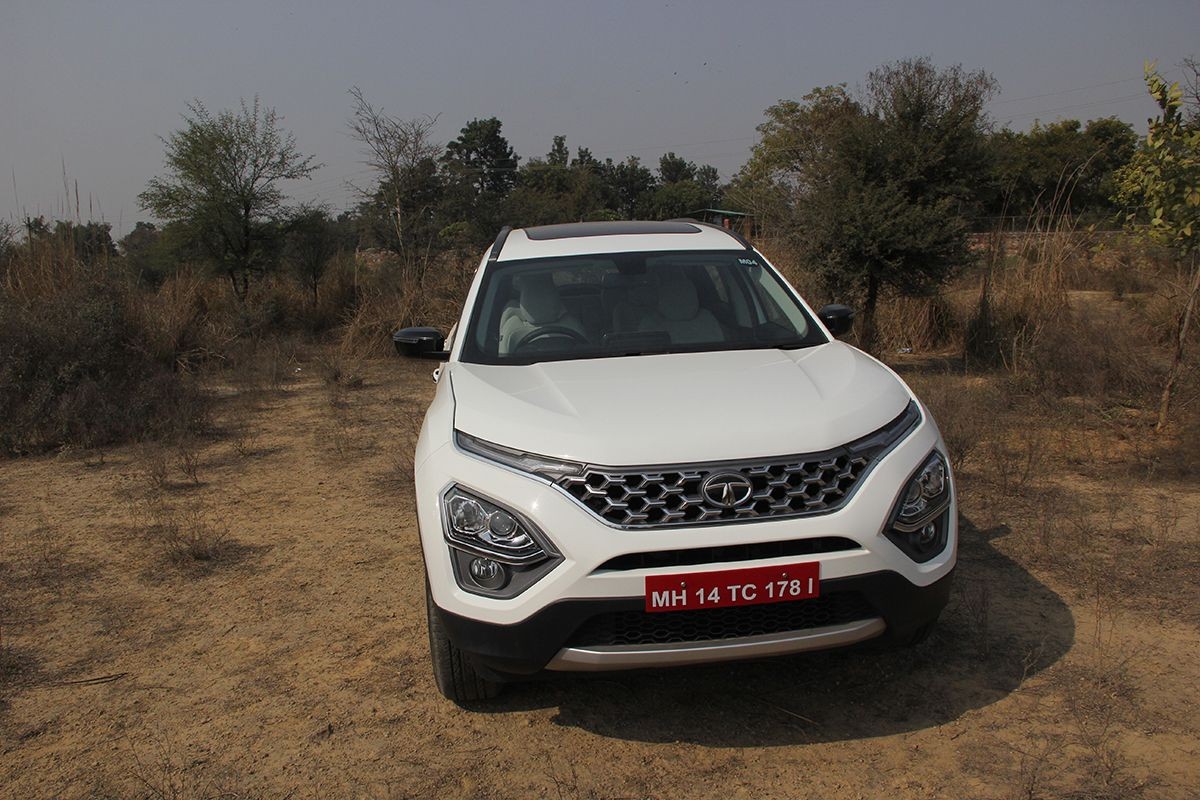
The Safari badge is back - can Tata Motors recreate history by bringing back the iconic SUV? Let us find out.
Read More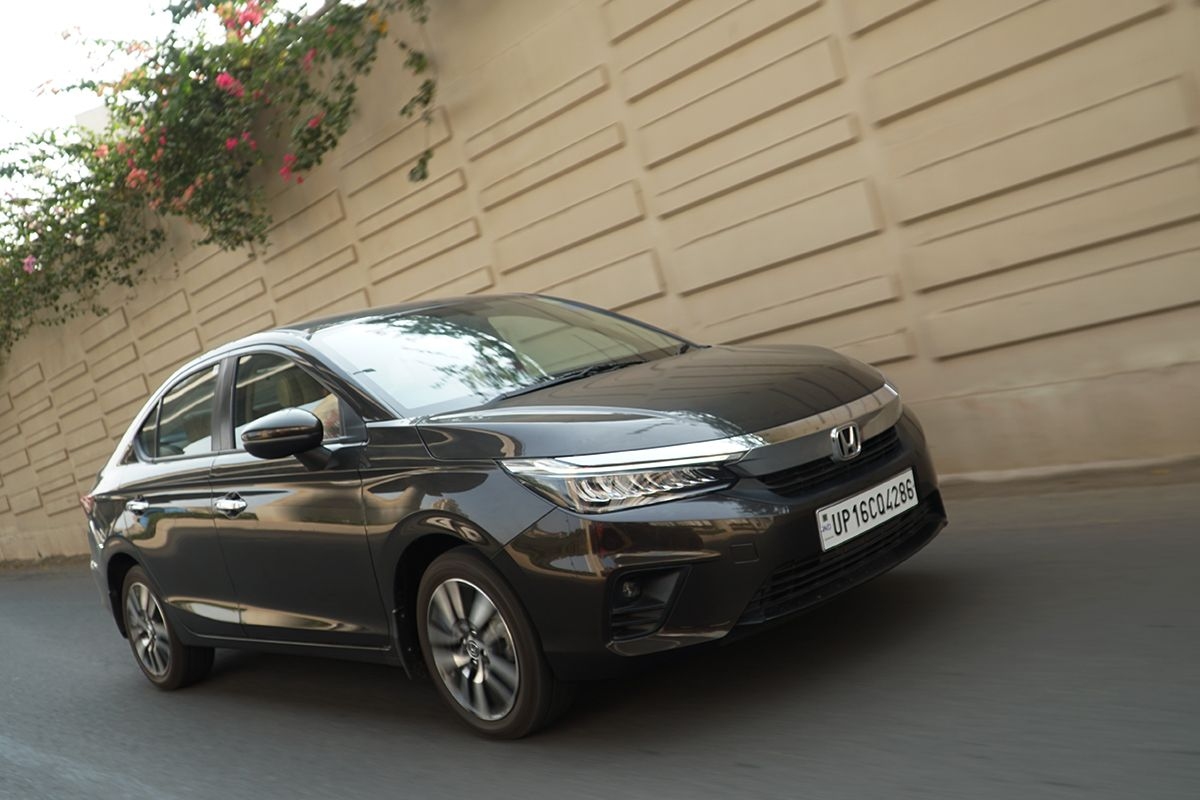
The Honda City, since its inception back in 1998, has enjoyed the popularity like no other mid-size sedan in its segment. With the introduction of the 5th Generation City, can Honda be able to set a higher benchmark for its most beloved sedan we try to find out.
Read More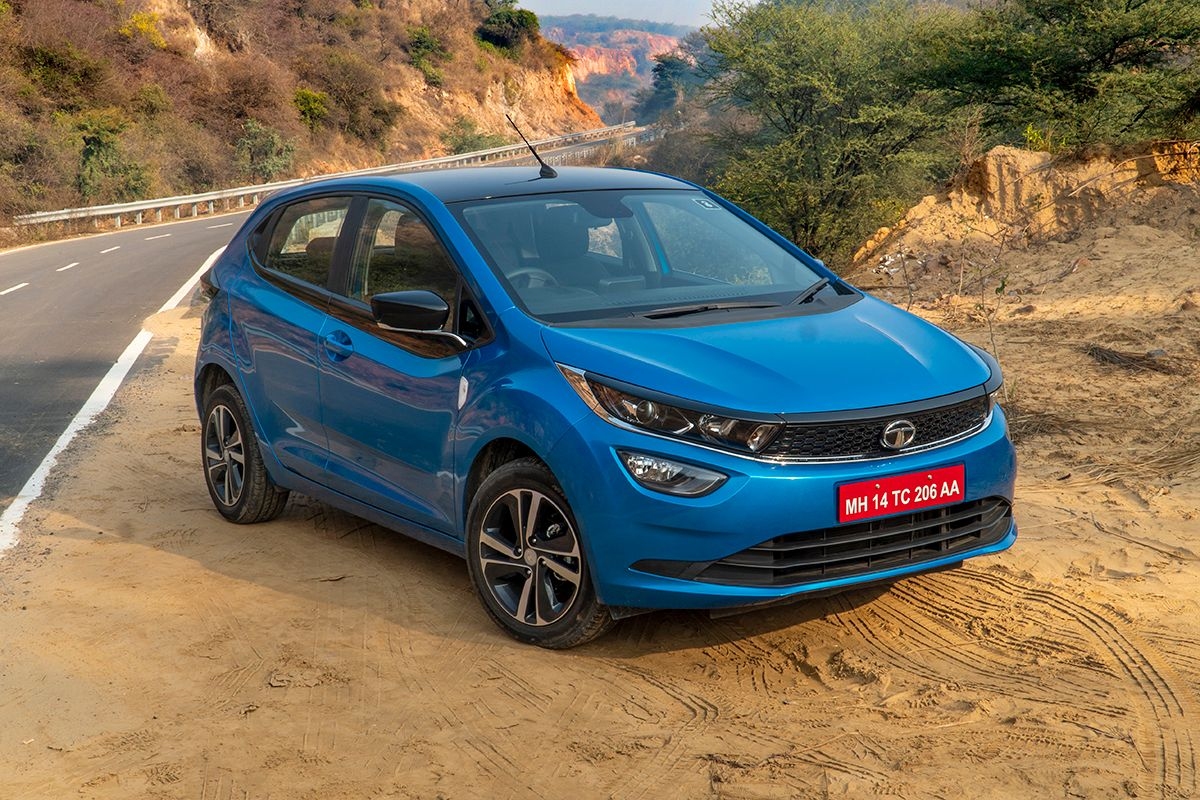
On the eve of its first Anniversary, Tata Motors has given the Altroz a boost in the form of a turbo charged petrol engine. We drive it to find out how much of a thrill does it provide against its rivals.
Read More
One of the best-selling models for BMW world over, the 3 Series will now offer customers that extra bit of comfort due to its extended wheelbase.
Read More
Jeep had launched the Compass way back in 2017. Since then it has been the best-selling model for the company in India. A couple of days back, Jeep India unveiled the facelifted version of Compass in the country. The SUV made its global debut in November last year.
Read More